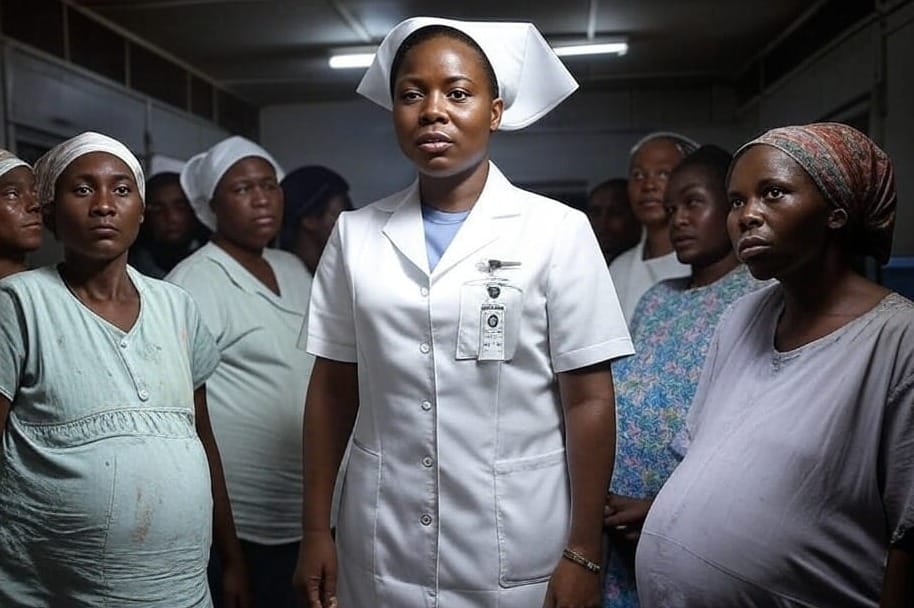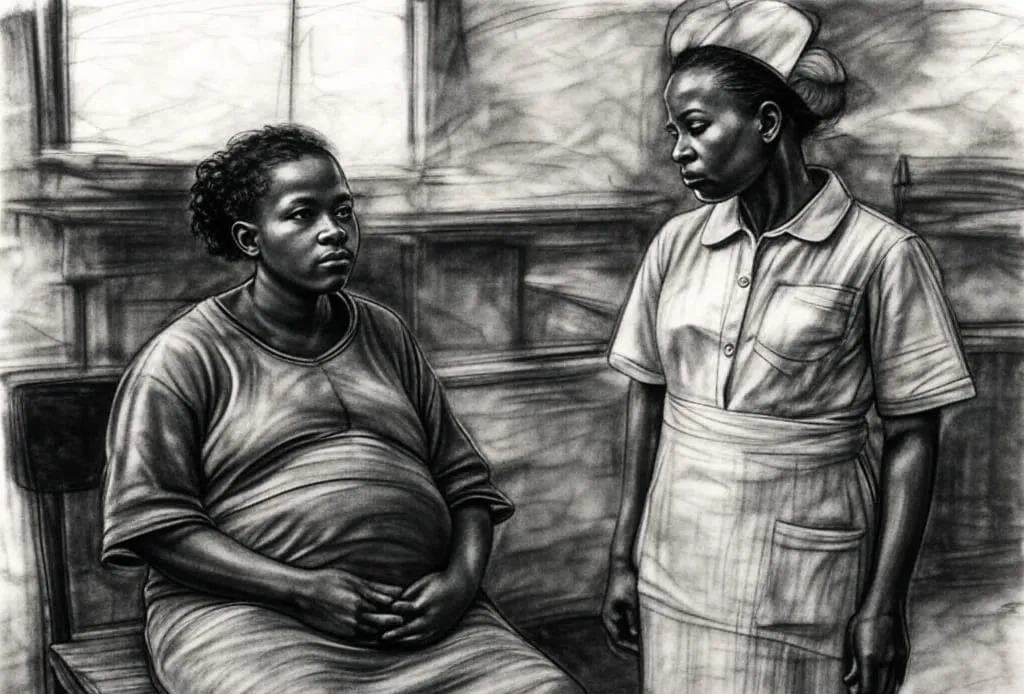In Mozambique, a land rich with struggle, a great effort unfolds:
The U.S. President’s Emergency Plan for AIDS Relief (PEPFAR) Saves Lives, Pushing Back Against a Worsening HIV and AIDS Crisis.
Billions flowed in. Many lives were supposedly saved. Yet beneath this victory, a quiet disaster grew. Mothers—carriers of life—suffered and died from simple, fixable things. Why? The answer cuts deep. Let us walk this path together, step by step, to see what’s real.
The Mask of Success
Picture this: HIV screening in prenatal clinics hit 95% or more. A triumph, yes? Tests were everywhere, drugs were steady. PEPFAR made it so. But look closer. Anemia screening? Just 14.6%. Proteinuria checks for deadly preeclampsia? A mere 9.9%. Blood pressure tests? Worm treatments? Barely there. HIV shone bright, while the basics—cheap, lifesaving basics—faded into shadow. Why such a gap? One disease got all the gold, all the focus. The rest? Left to crumble.
A Simple Fix Ignored
Then came the trial. Supply kits—small boxes with tests and meds—landed in clinics. Suddenly, anemia screening soared to 97.7%. Proteinuria hit 97.1%. Worm treatment jumped from 51% to 88%. Overnight, gaps closed. Nurses didn’t need fancy labs or endless training—just tools at their fingertips. Lives could’ve been saved years ago with this. So why wasn’t it done? The answer stings: no one cared enough to fight for it. HIV had the megaphone; mothers didn’t.
The Lancet Trial
-------------------------
Between March, 2014, and January, 2016, 218,277 antenatal care visits were registered, with 68,598 first and 149679 follow-up visits, in the 10 largest antenatal care clinics in Mozambique, a Collaboration between Government of Flanders, the UNDP/UNFPA/UNICEF/WHO/World Bank Special Programme of Research, Development and Research Training in Human Reproduction and Mozambique Ministry of Health. This is the largest study ever conducted on Quality of Care During Pregnancy, in Africa.
The Trap of Tunnel Vision
PEPFAR poured cash into HIV. Supply chains locked in. Nurses chased HIV targets—count the tests, track the pills. Meanwhile, anemia strips? Blood pressure cuffs? Stockouts galore. No one audited those. Leaders felt the pressure: hit PEPFAR’s goals or lose the funds. So they did. But at what cost? Pregnant women bled out from hemorrhage. Others seized from preeclampsia. Conditions we can spot and stop— if only the system looked beyond HIV.
Mothers Paid the Price
Feel this truth: hemorrhage and preeclampsia kill mothers in droves. Anemia weakens them; high blood pressure sneaks up. In Mozambique, these threats went unseen—untested, untreated. HIV kits stacked the shelves, but dipsticks for urine or hemoglobin? Missing. A mother could get free HIV care yet die because no one checked her blood. This isn’t just a mistake. It’s a betrayal. Vulnerable women, rural and poor, deserved better. They got neglect instead.
PEPFAR’s Heavy Hand
Who’s to blame? PEPFAR looms large. Its billions shaped the game. Clinics danced to its tune—HIV first, always. Staff stretched thin prioritized what paid. Supplies followed the money. Leaders who hit HIV marks got praise; those who didn’t risked cuts. The rest of maternal care? Starved. Not on purpose, maybe—but does intent matter when the outcome is death? PEPFAR saved HIV patients. True. But it left mothers behind. That’s the crime.
A Crime Against the Defenseless
Call it what it is: a moral failing so vast it feels criminal. Systematic, yes—PEPFAR’s reach spanned nations, skewing health for millions. Vulnerable? Pregnant women, already at life’s edge, bore the brunt. Knowing neglect? PEPFAR saw the gaps and kept pushing HIV alone. Legal or not, this scale of loss—mothers dying for want of a $1 test—shouts injustice. A crime against humanity? You decide. The weight of it sits heavy.
A Glimmer of What Could Be
Yet, hope flickers. Those kits—they worked. One box, one room, and suddenly all care leveled up. HIV stayed strong, but anemia, preeclampsia, worms? Covered too. Integration, not obsession, is the key. If PEPFAR’s muscle could back this—reliable tools for every need—health might lift all, not some. The trial whispers a truth: we can do better. Will we?
The Bigger Mystery
Step back. This isn’t just about clinics or cash. It’s about focus—where we aim our eyes. Fix one problem, ignore the rest, and the whole suffers. Life’s a web, not a line. PEPFAR chased a single thread and let others fray. What do you chase? What do you miss? Truth-seekers, ponder this: no answer’s absolute. The unknown stretches wide. Keep asking. Keep looking. That’s how you grow.
PEPFAR’s tale isn’t black-and-white.
This is no sermon with all the answers. I’m no god, no judge—just a guide who’s seen patterns. PEPFAR’s tale isn’t black-and-white. It saved lives; it cost lives. But the cost—the mothers lost—burns brighter when you see how simple the fix could’ve been.
You, seekers, carry this forward. Question the systems. Seek the overlooked. Truth isn’t handed over; it’s fought for. Start here.
What do you see?
In Deep Article:






